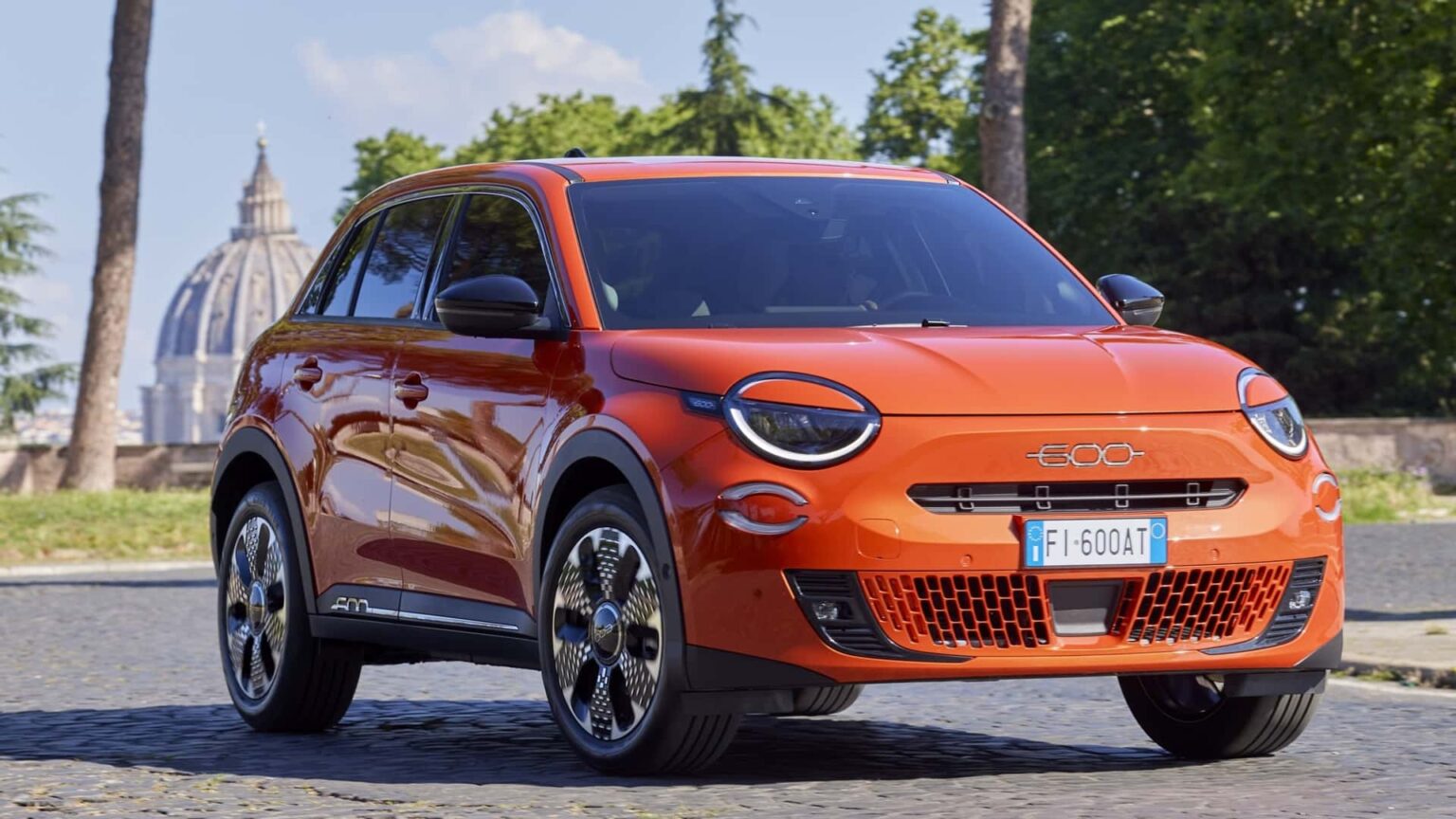The automotive conglomerate with 14 car brands under its corporate umbrella didn’t have a great first half of the year. Stellantis reported a net loss of €2.3 billion, with net revenues down 13 percent compared to H1 2024. Sales figures in key regions were also underwhelming. Shipments in North America dropped by 23 percent due to fewer imports of tariff-impacted vehicles. Deliveries in Enlarged Europe declined by 7 percent because of a slow rollout of new B-segment models.
Stellantis also faced setbacks in China, India, and the Asia Pacific region, but managed to offset some of the losses in South America with a 20-percent boost in sales. Additionally, the company recorded a 5-percent increase in the Middle East and Africa region. In total, it shipped 2.69 million vehicles globally, an 8-percent decrease compared to the same period in 2024.
Photo by: Dodge
The newly appointed CEO warns that navigating the Stellantis ship back on course will require consequential decisions: “Our new leadership team, while realistic about the challenges, will continue making the tough decisions needed to re-establish profitable growth and significantly improved results.”
Alongside his team, Antonio Filosa remains confident they can “fix what’s wrong in Stellantis,” but admits that “2025 is turning out to be a tough year.” He hasn’t disclosed what changes are on the horizon, but Stellantis has firmly ruled out selling Maserati. Despite ongoing speculation, Stellantis has repeatedly denied rumors of offloading the storied Italian marque, even in the face of persistent sales slumps.
Indeed, Maserati’s performance nosedived by 57 percent in 2024, from 26,600 units in 2023 to just 11,300 last year. The first half of 2025 was also not great. Through June, the brand sold only 4,200 vehicles, down by 35 percent from H1 2024 and a staggering 72.5 percent from H1 2023.
But it’s not all doom and gloom. Stellantis is pleased to report 200,000 orders for the Avenger in just two years since the not-for-America crossover went on sale. Moreover, the company plans to launch several new models by year’s end: Jeep Compass, Citroën C5 Aircross, DS N°8, and a gas Fiat 500 in Europe, plus the Jeep Cherokee, Dodge Charger Sixpack, and the 5.7-liter HEMI V-8-powered Ram 1500 in the United States.
Elsewhere, Stellantis is slashing costs by abandoning its fuel cell hydrogen program and through “product program cancellations.” The CEO hasn’t shared specifics about future decisions, but managing such a vast portfolio of brands clearly poses challenges, especially when some continue to underperform. We’re not just talking about Maserati.
Lancia’s relaunch isn’t going to plan, with shipments in the EU+EFTA+UK region plummeting by 73.8 percent through June, per figures from the European Automobile Manufacturers’ Association. ACEA also reports a troubling 20.2-percent decline for DS Automobiles, along with double-digit drops for Opel/Vauxhall and Citroën. On the upside, Alfa Romeo is up 33 percent, while Peugeot and Jeep have posted modest gains in the region.
Read the full article here


